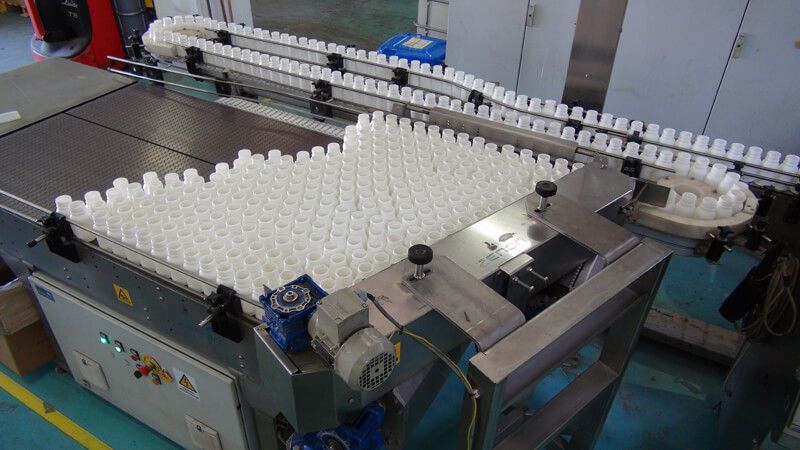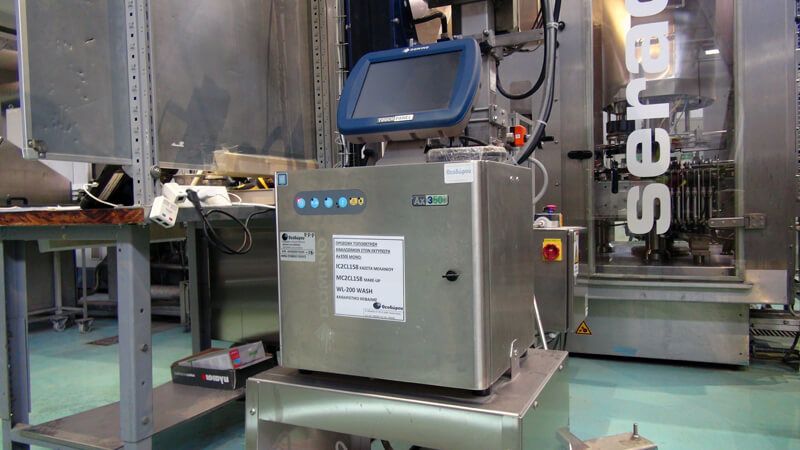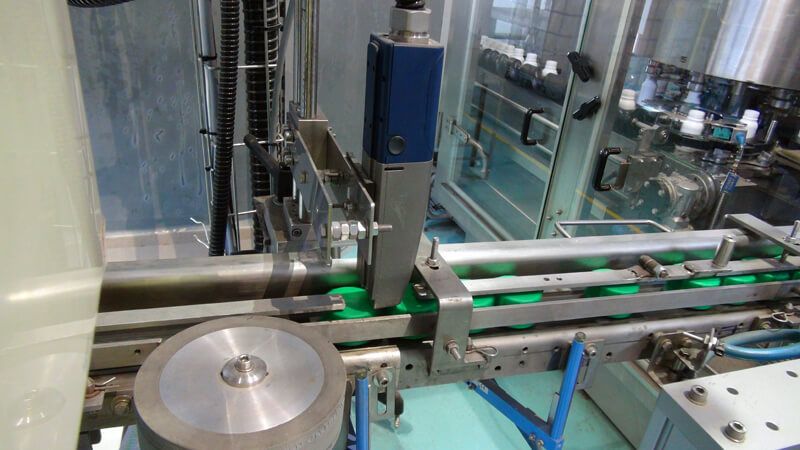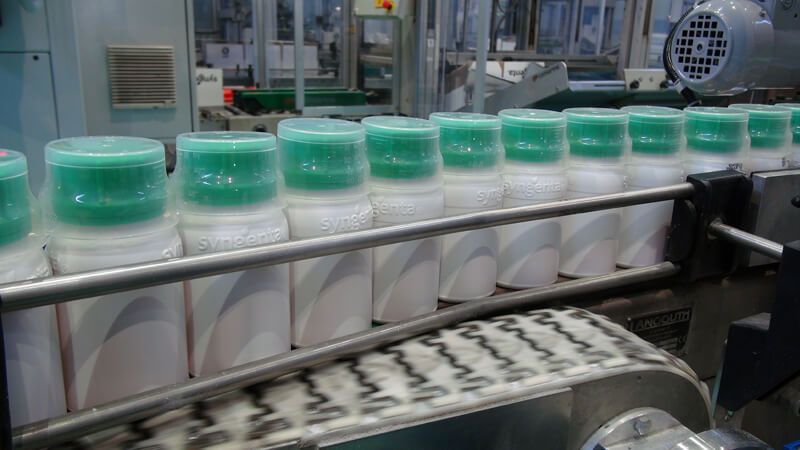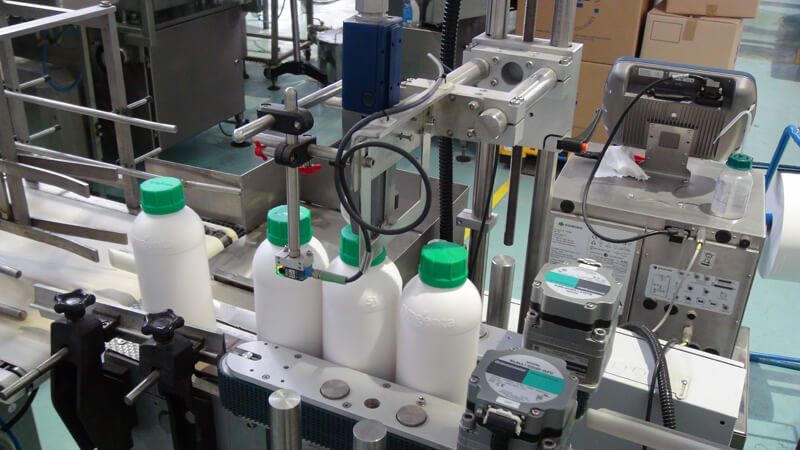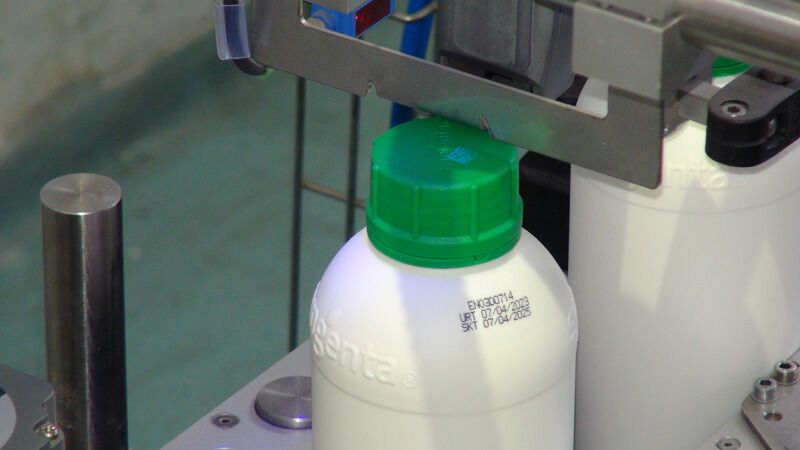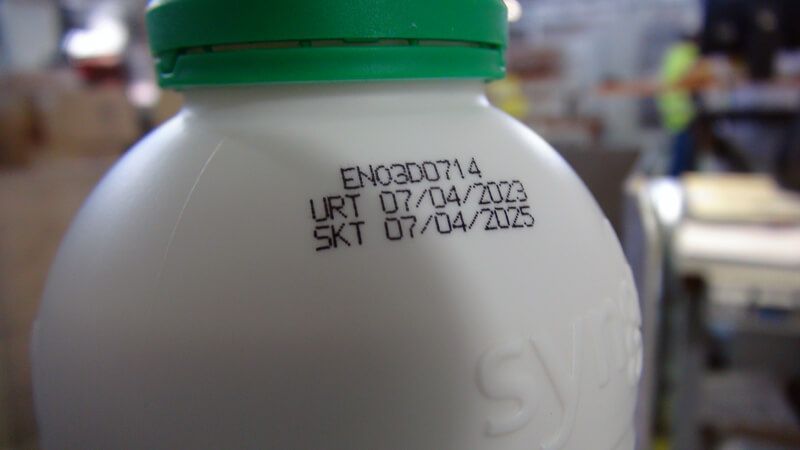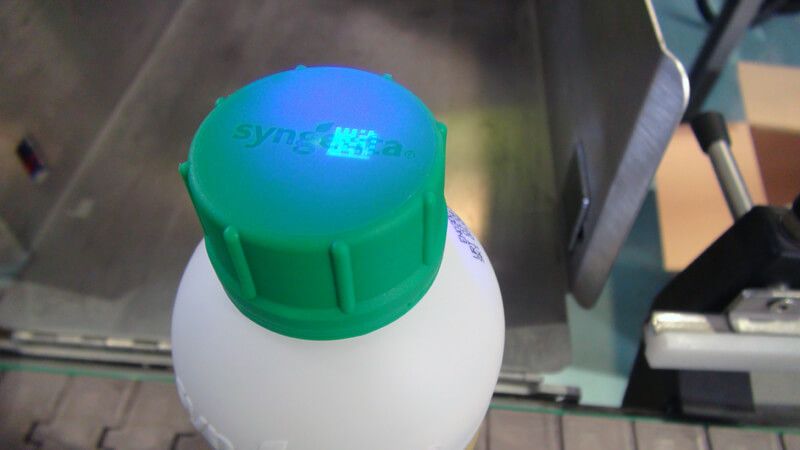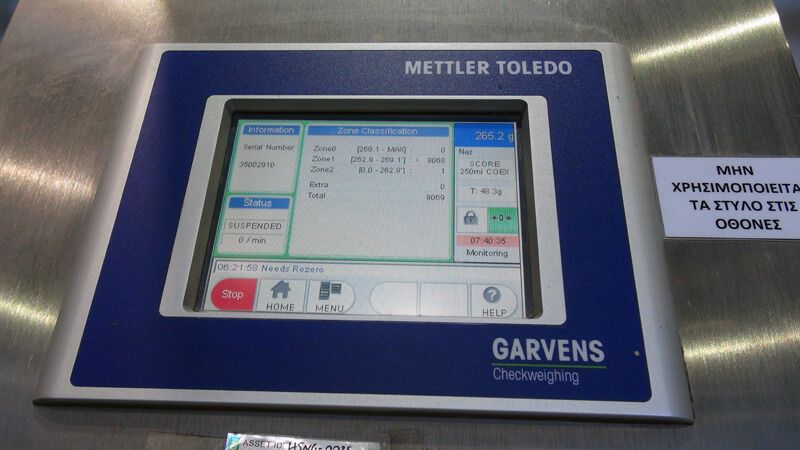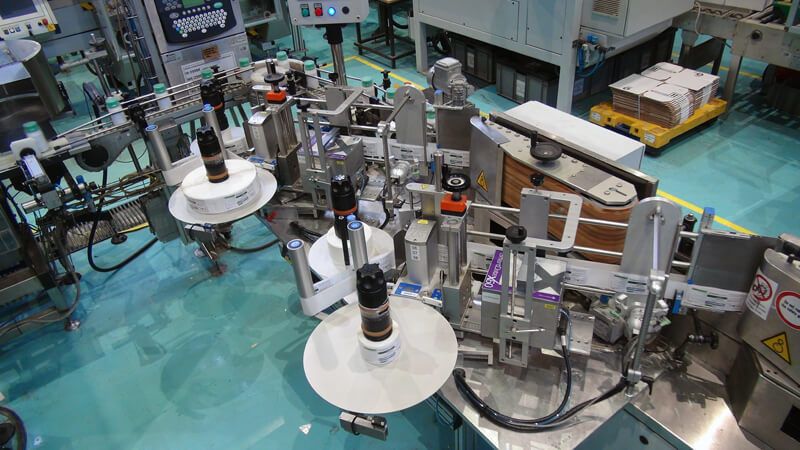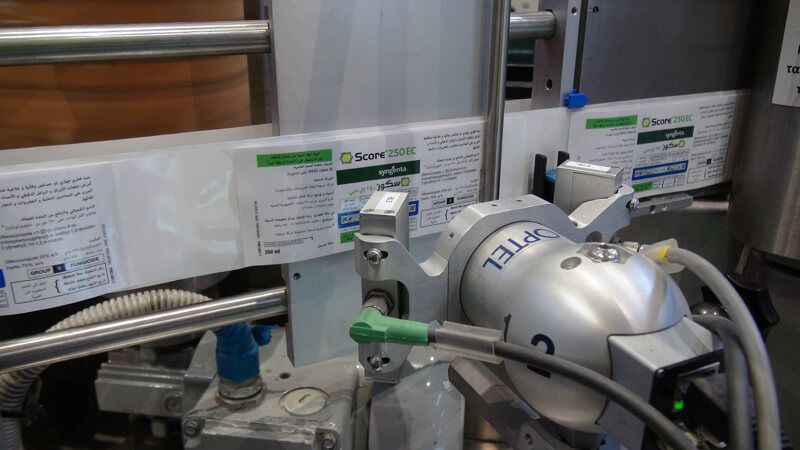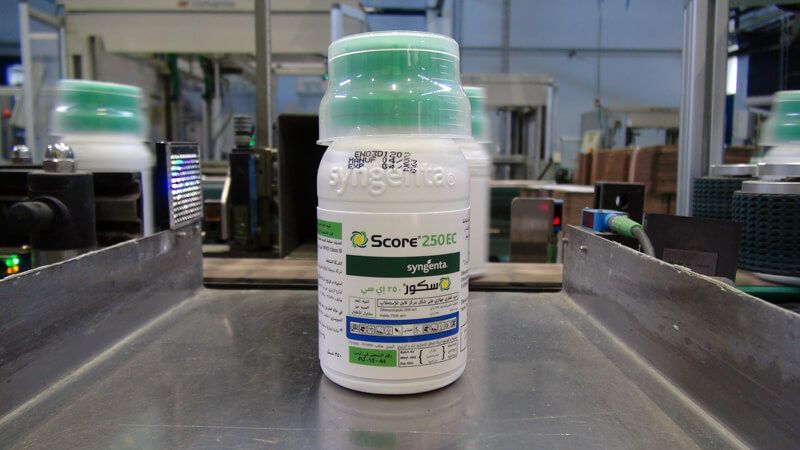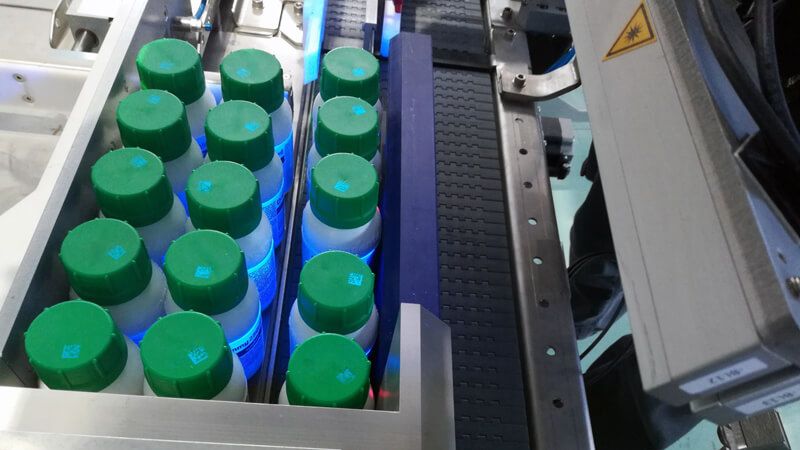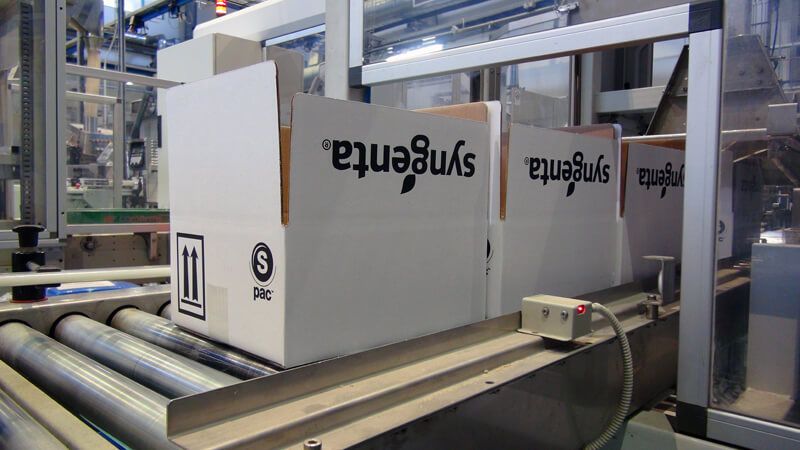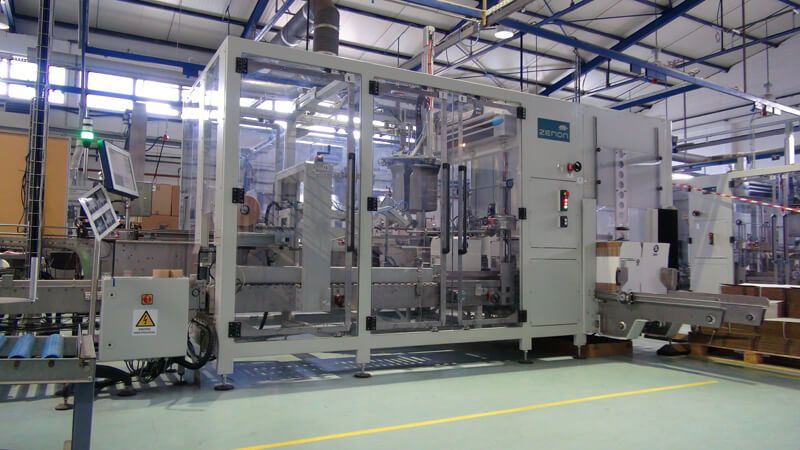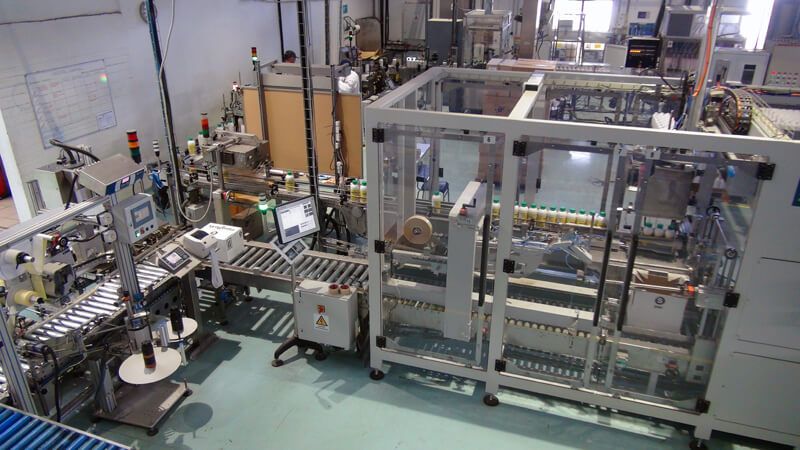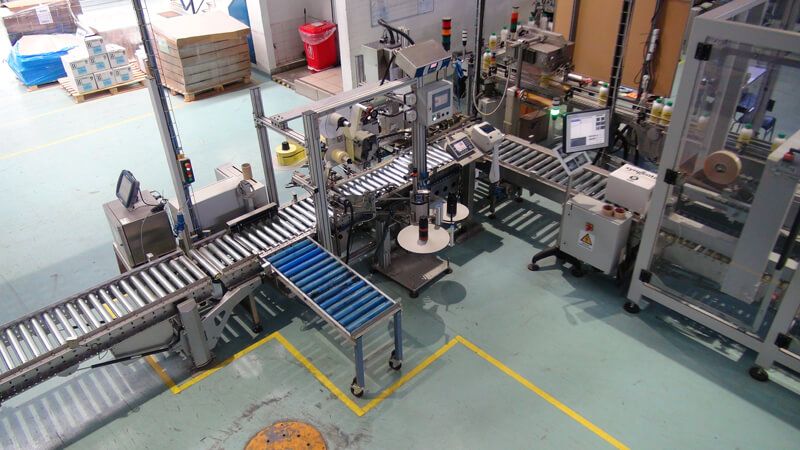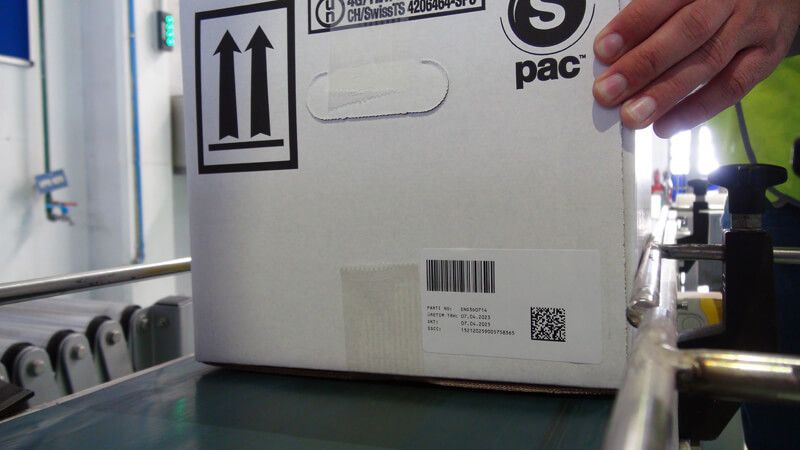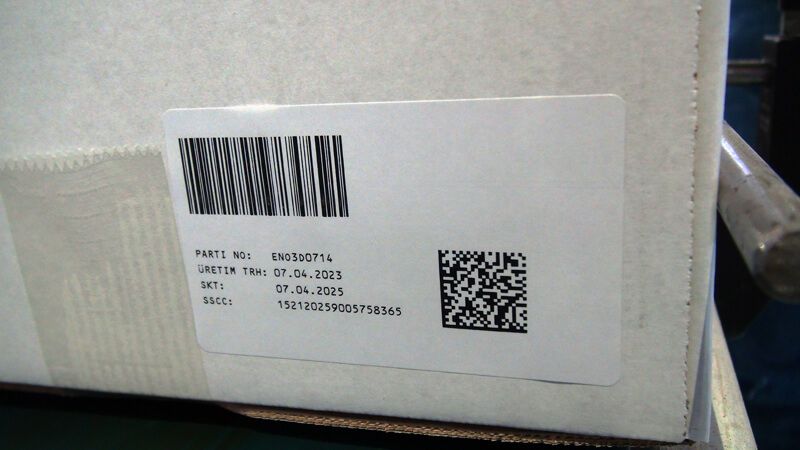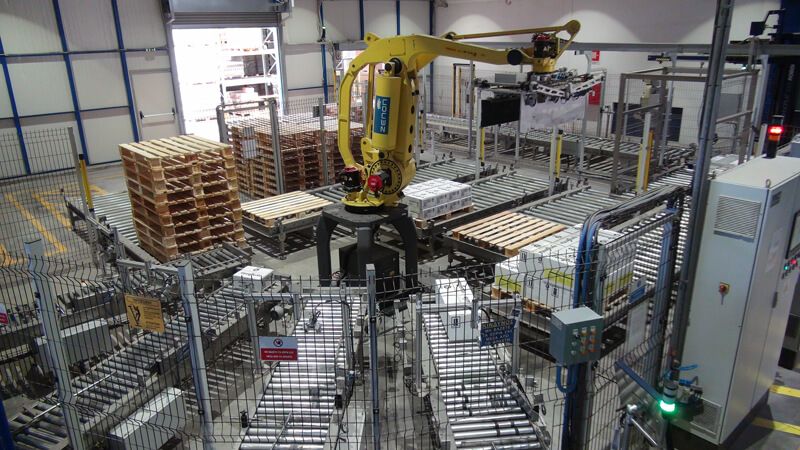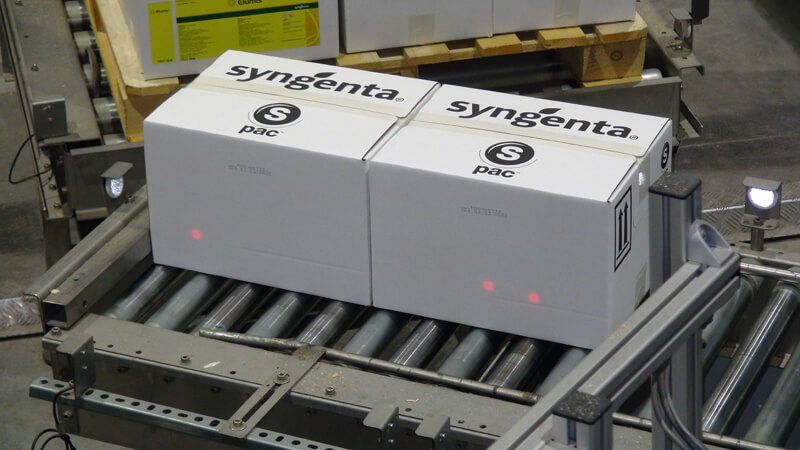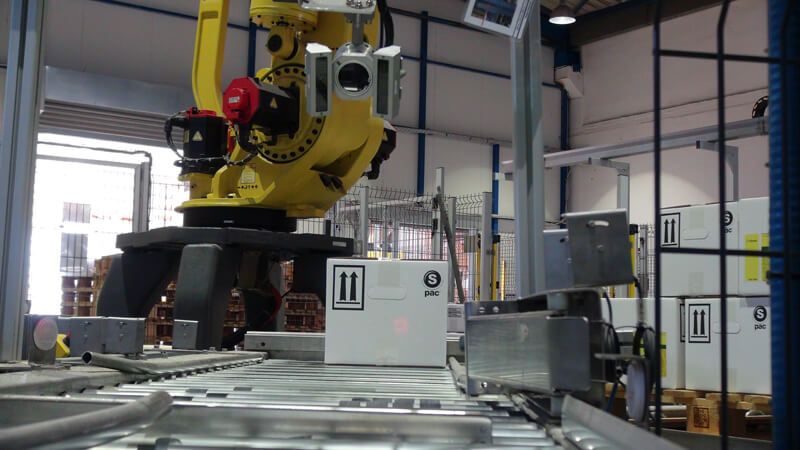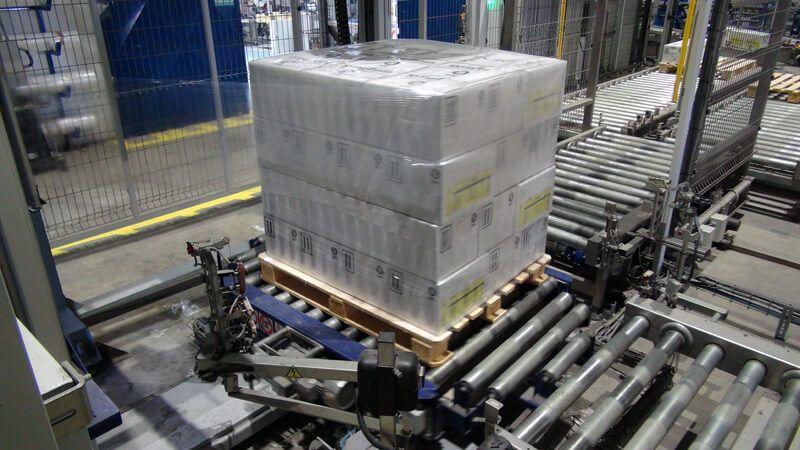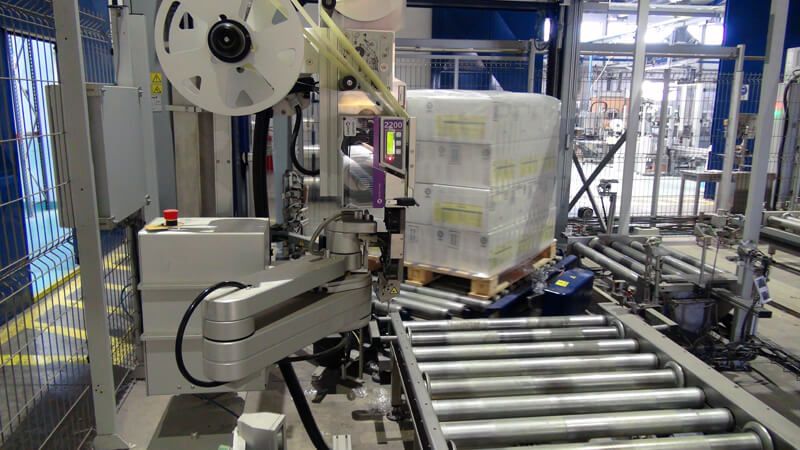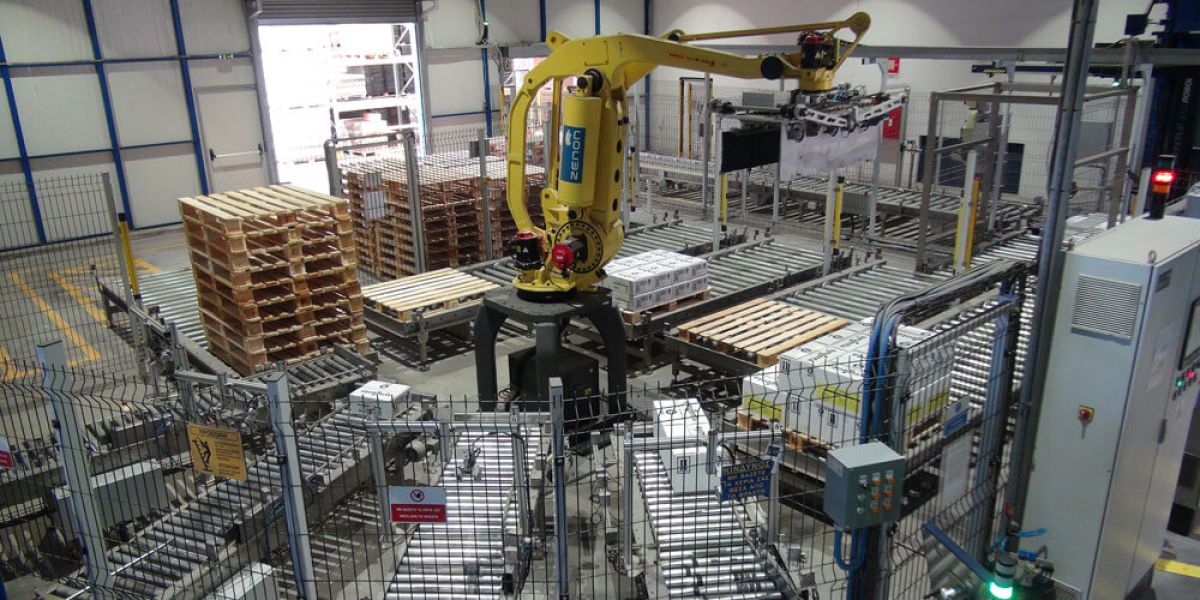
“THEODOROU GROUP, having complete experience in the field of automation of packaging processes for modern industry, made a decisive contribution to find the best solutions in relation to our space, the needs of the company and at the same time to implement the project of full automation of packaging lines with precision, quality and safety”
Panagiotis Pierris
Technical Director, Syngenta Hellas
The Client
SYNGENTA HELLAS was created in 2000 and is one of the world’s leading companies with more than 28,000 employees in over 90 countries. The company provides two main product categories: seeds and plant protection. These help growers around the world increase the quantity and quality of their crops, while committing to sustainable agriculture through investment in innovative research and technology.
The Need
The climate change that has occurred in recent years forces the companies active in the field of agriculture to minimize the response time to the needs that arise. For this reason, Syngenta is investing in the formation of a flexible production based on the principles of Industry 4.0, wanting to fully automate all the packaging processes of the 7 production lines it has in its factory in Greece, i.e. the coding & marking, quality control processes and rejection of non-compliant products, labeling, product handling, crating, palletizing and wrapping pallets with stretch film and at the same time to ensure full traceability of the produced products, up to the item level (serialization & aggregation). That is, from the information of a box or pallet label, a backward search can be made for all the unique part codes included in them, as well as the reverse, that is, from the code of a part, the information can be given to which box or /and palette entered this. Also, to be able to provide information on when and under what conditions these items were produced.
The Solution
THEODOROU GROUP, responding to the above needs of the company, implemented the complete automation of all packaging processes of the 7 production lines of the SYNGENTA HELLAS factory in Greece, providing all the mechanical equipment required and participating as an integrator in the implementation of the full traceability project.
The integrated automatic packaging system works as follows:
First, the production order is automatically downloaded from the ERP, with which the system is interconnected, and its execution begins. After the product is introduced in its primary packaging, its marking begins with the printing of a unique 2D code with UV ink (invisible) on its lid, which, at a later stage, is used for the aggregation of the items in boxes.
The bottle or drum products are then automatically transported and driven to a device for automatic weighing and control of their weight and rejection of non-compliant ones. The products that pass the first quality check, that of weighing, proceed to the next stage, the printing of variable information (2D & human readable information) and the automatic labeling of their packaging, either wrap around, or on two sides, as well as checking with a camera the correct printing and readability of this information.
The products are automatically rerouted to a next stage, where a camera scan correlates the unique code printed with UV ink on the package lid to the unique code printed on the package label. This information is used later to make it possible to match uniquely marked items with the boxes that contain them (aggregation).
Next comes the packaging stage. This stage includes automatic carton formation, automatic robot case packing, while in parallel with the use of a camera, the unique UV code printed on each lid is recognized and gives the information to the system about which packages have been placed in the carton, now knowing exactly which items were placed in the respective carton (item to case aggregation). Each carton is then automatically transported to the exit of each production line, to be picked up by a palletizing robot. As it moves, it is weighed, checked and automatically rejects those that are not complete. The carton is then automatically labeled by a Print & Apply printer, which includes dynamic information from the system, such as item code and description, production order, batch, production date, quantity, unique carton number, etc. After affixing the label on the carton, a camera checks that the label is correctly printed, applied and is readable.
The cartons then arrive at the waiting point to be picked up by the robot for palletizing. Each carton label is re-read by camera and the unique carton code is matched to the pallet built by the robot for the corresponding pallet placement of each production line. In this way, the cartons placed on each pallet from each production line are recorded one by one (case to pallet aggregation).
As soon as the building of the pallet is completed, it is automatically removed from the palletizing position and driven to automatic wrapping with stretch film and automatic marking. As pallets from multiple production lines arrive at the pallet wrapping and marking station, each pallet is identified using a camera, which by reading the carton label locates the unique pallet that contains it and the system then performs pallet tracking, pallet stretch wrapping and pallet labelling. The pallet label includes all the dynamic information regarding the production order executed, while the unique SSCC (Serial Shipping Container Code) of each pallet has been assigned to the unique codes of the cartons it contains and each carton in turn has been assigned to the unique codes of the items it includes (full aggregation).
Finally, the system returns the information of the full aggregation to the ERP and each produced pallet appears in real time in the ERP and ready for loading.
The Benefits
- Full automation of the management processes of all packaging levels
- Central management of marking from item to pallet
- Quality assurance of products, boxes and pallets
- Automation and reduction of setup and changeover times
- Facilitation and time saving of logistics processes
- Full traceability as a result of the full aggregation process (item - box - pallet)
Click on the photographs for a larger view:
If you are interested in a similar solution, please call us on tel. +30 210 6690900 or fill out the contact form below.
Plastics / Chemicals / Detergents
Codes Verification, Serialization & Aggregation, Weighing & Labeling, Checkweighers, Robotic Palletizing, Automatic Case Packing, Integrated Packaging Systems, Case Erectors / Sealers, Tracer Factory, Connected Automation Systems, Automatic Handling & Sorting, Continuous Inkjet Printers, Print & Apply Systems, Wrap Around Labellers, Rotating Arm Stretch Wrapping Machines



